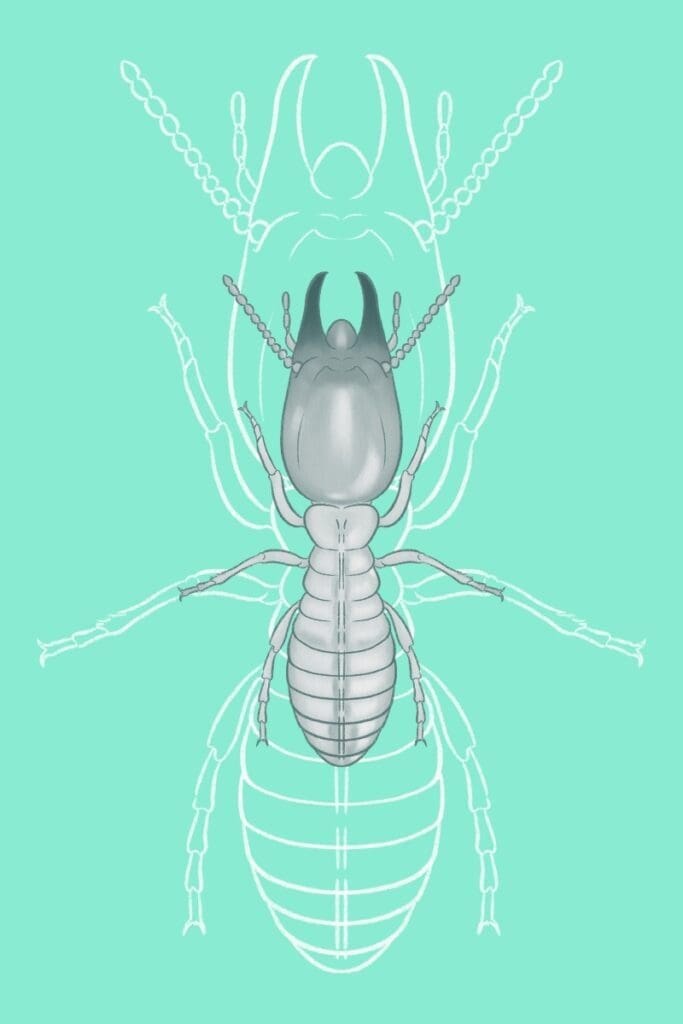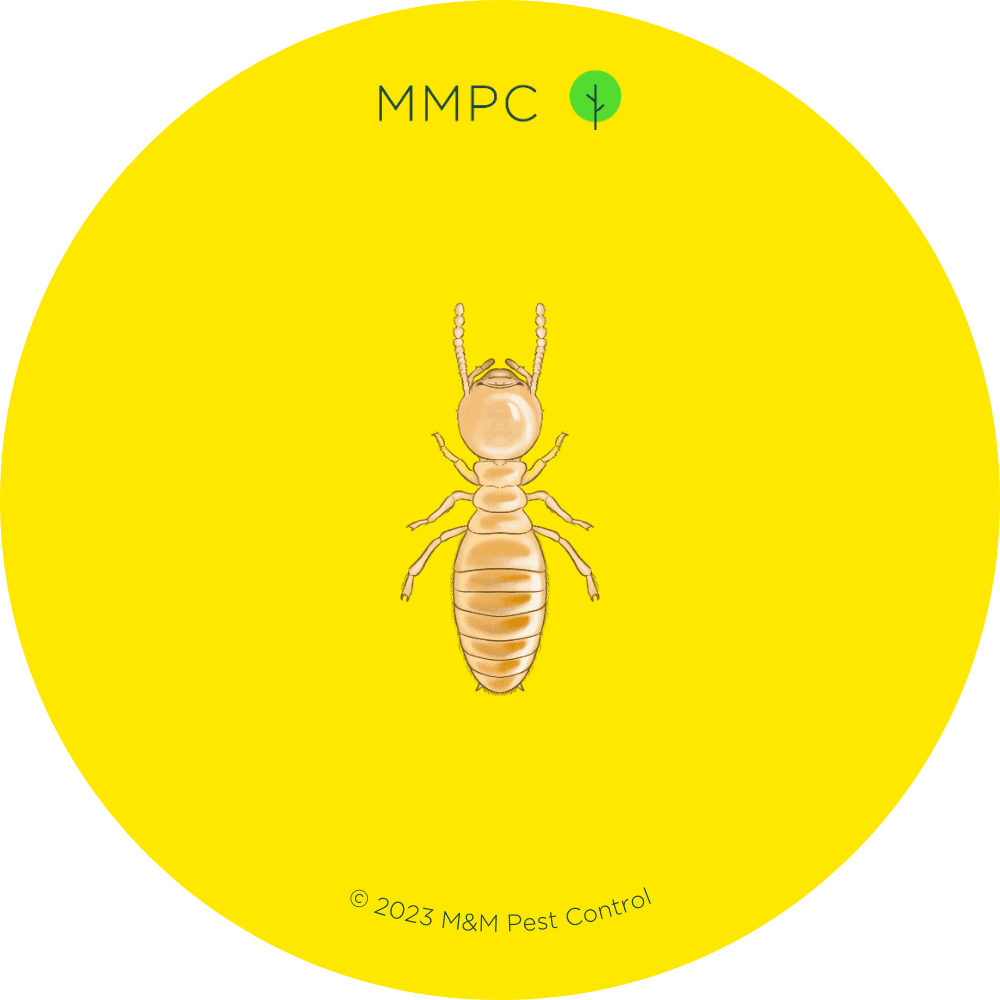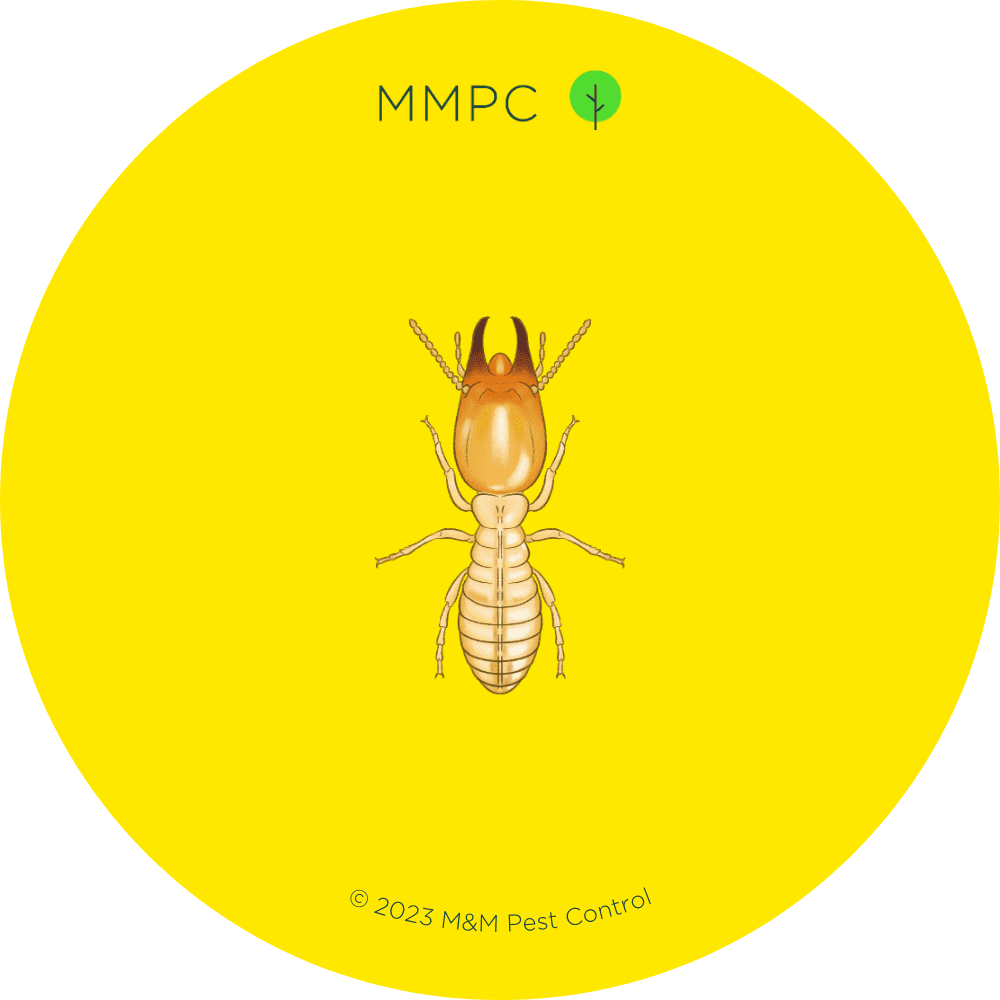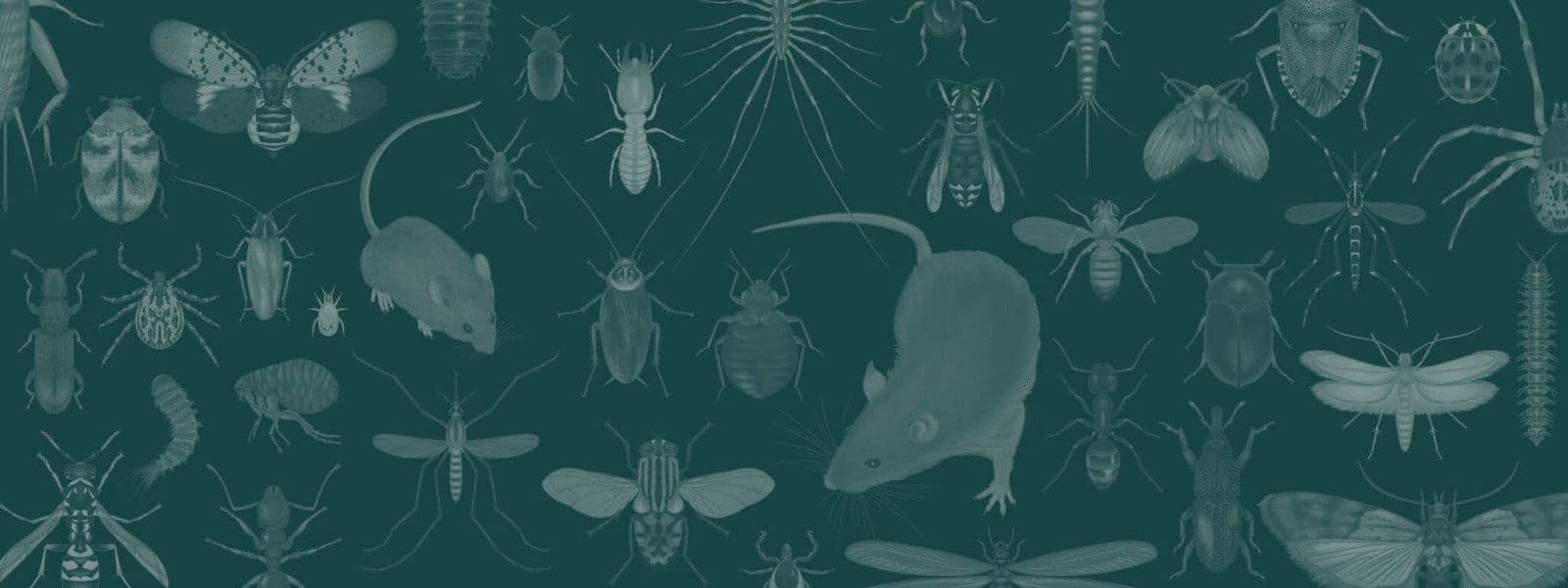
About Termites
Termites are soft-bodied, wood-destroying insects that feed on the cellulose in wood and other plant-based materials. The eastern subterranean termite is the most common species in North America, and the only species native to New York and the northeastern United States.
- Subterranean termites live in underground colonies numbering from 10,000–1,000,000 individuals.
- A colony has 3 main castes: workers, soldiers and reproductives.
- During the spring, winged reproductives (termite swarmers) emerge to mate and start new colonies.
- Each year, termites invade approximately 600,000 homes in the United States, causing $5 billion in structural damage and termite control costs.
Subterranean Termites in Your Home
Subterranean termites live underground and infiltrate homes in search of wood. Once inside, they munch away at structural beams, columns, foundations, walls, flooring, and furniture, causing significant and costly damage over time. Left untreated over a long period of time, termite damage may even eventually lead to a house collapsing.
Homeowners should wary of potential signs of termites. Subterranean termites build distinctive mud tubes on exterior foundation walls, allowing them to travel above ground without drying out. During the late winter and early spring, termite swarmers leave discarded wings near windows and doors. Another way to inspect for long term termite damage is to check for wood that sounds hollow or crumbles easily when tapped.
Annual termite inspections by a qualified pest control professional are highly recommended, especially for homeowners in high-risk areas. At MMPC, we offer several types of service for termite inspection, prevention, and control in New York and New Jersey.
Eastern Subterranean Termite (Worker)
Reticulitermes flavipes
Workers typically make up between 90–98% of the colony. They’re responsible for foraging, building tunnels, and caring for the young.
Subterranean termite workers construct mud tubes to help them travel between their colony and outside food sources.
These tubes are usually 1/4–1 inch in diameter and made from dried mud, soil, and wood particles. They resemble muddy patches or lines spreading like veins across the walls and ceilings of an infested structure.

Size: 1/8″ – 1/4″ long (3 – 6 mm); about the size of a flax seed
Color: Pale white
Shape: Narrow body with a broad waist, straight antennae, and 6 legs
Identifying Features
- 6 legs
- Straight antennae resembling a string of beads (moniliform)
- Round head with no eyes
- Small, hardened jaws for chewing wood
- Soft, narrow body with a broad waist connecting the thorax and abdomen
Eastern Subterranean Termite (Soldier)
Reticulitermes flavipes
Soldiers typically make up 2–4% of an eastern subterranean termite colony. They’re responsible for protecting workers and defending the nest from ants and other insects.
Despite the menacing look of their large mandibles, they are harmless to humans. They only bite if handled, and their bites are neither painful nor dangerous in any way.

Size: 1/4″ – 3/8″ long (6 – 10 mm); about the size of an apple seed
Color: Cream-colored to amber
Shape: Narrow body with a large head, long jaws, a broad waist, straight antennae, and 6 legs
Identifying Features
- 6 legs
- Straight antennae resembling a string of beads (moniliform)
- Large, rectangular, orange-brown head that’s wider than the rest of its body
- Long, black pincer-like jaws
- Soft, narrow body with a broad waist connecting the thorax and abdomen
Eastern Subterranean Termite (Swarmer)
Reticulitermes flavipes
Termite swarmers, or “alates,” are commonly mistaken for flying ants because of their long wings and small, dark-colored bodies.
In the spring, swarmers emerge in large numbers to reproduce and establish new colonies. They are poor fliers and don’t travel more than 300 feet away from the colony. Indoors, they are usually spotted around doors and windowsills.
When two swarmers successfully pair up, they discard their wings to mate and start a new colony (becoming the new queen and king).

Size: 3/8″ – 1/2″ long (10 – 12 mm); about the size of a sunflower seed
Color: Light brown to black
Shape: Narrow body with straight antennae, 6 legs, and 2 sets of wings of equal length
Identifying Features
- 6 legs
- Straight antennae resembling a string of beads (moniliform)
- Round head with small, compound eyes
- Soft, narrow body with a broad waist connecting the thorax and abdomen
- 2 pairs of translucent and milky-white or grey wings extending beyond the abdomen
- Forewings and hindwings are of equal length (in contrast to flying ants)



